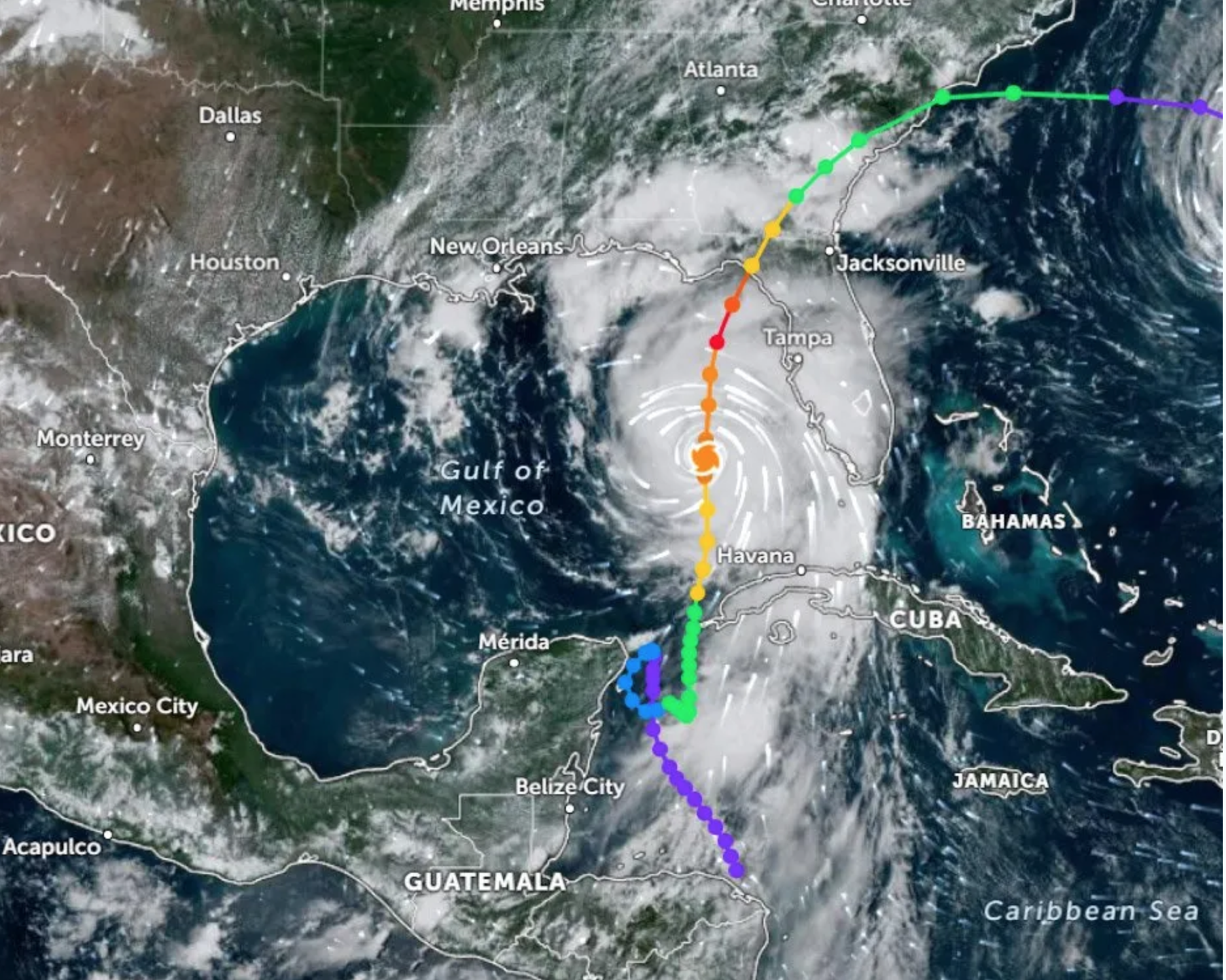Hurricane Idalia Flamingos
I’ve always wanted to capture my own images of flamingos. Their size and shape are beautiful and expressive. Their character and actions or both humous and impressive. I have ideas on doing a series of ink drawings on the more playful side of their mannerisms. After Hurricane Idalia came through the US, I started to hear from photographer friends in Florida who are spotting new flamingos in new places. As the days went by and the hurricane moved out, more news started to be covered with witness reporting flamingos across more states in the US. While I would have loved to chase down these displaced flamingos in the locations they were found, I had now chance to get there any time soon. But I did have a dream. First, here are some news clippings to reference for this event.
“Not in the Yucatan anymore: Hurricane Idalia flung flamingos across the eastern U.S.” NPR
Hurricane Idalia
Storm Path
Flamingos have been popping up in the most unusual of places since Hurricane Idalia blew through parts of the U.S. Southeast last week.
Hurricane Idalia Report 2023
American Birding Association, by Amy Davis
In recent days, dozens of sightings have been reported from Texas to Florida, as far north as Pennsylvania and most states in between. And though flamingos can be found in parts of Florida, it's safe to say they don't frequently hang out farther north in states such as Kentucky, Tennessee and North and South Carolina.
The birds likely got caught up in Hurricane Idalia last week, according to Nate Swick, the American Birding Association's digital communications manager. That's a "fairly common phenomenon" for birds, but not for flamingos, he said.
"We're seeing flamingos all over the place. We're seeing them in places that we didn't expect them," Swick said. Elated bird watchers have been searching high and low for them. "... and then once the pair of birds were found in southern Ohio, sort of everything kind of broke loose.”
"Birders know that each hurricane season with its attendant destruction also brings the thrilling prospect of finding tropical and pelagic birds far north or well inland of their usual ranges… But of all the storm birds, there is none gaudier or more glorious than American Flamingo, and perhaps no more absurd place for a pair of them to show up than Ohio. Yes, the American Flamingo is a storm bird, and two likely wild individuals were a crazy first for the Buckeye State. In late Aug 2023, Hurricane Idalia churned across the Gulf of Mexico, pushing flocks and flocks of American Flamingos from the Caribbean into Florida and well beyond. Afterwards, gawky hot pink waders began appearing as if in a collective fever dream or nationwide yard flocking prank―in Virginia, Ohio, South Carolina, North Carolina, Tennessee, Alabama, Texas, Kentucky, and Pennsylvania.”
After all of this news I continued to think about a project influenced by the events of Idalia. During the winter 2023/2024 holiday season I had a dream. I woke to a vivid image the held a concept that both captured the historical nature of the event, but is also a social commentary on the rise of global temperature to +2°F which continues to threaten more bird species, their migration patterns, and their natural habitats. This dream held an image of a porcelain white flamingo, laid over on its side. Glazed in glossy white, pink, red and accents of black. It’s winding neck was folded over itself with the head resting softly. The body seems to be sinking very softly into wet sand. By the flamingo where small black birds observing the flamingo for it’s size and also for the concern of it’s appearance. These small black birds know the secret. They and the flamingos are under threat. They are all helpless in the facing the rise in global temperature and change in climate it brings. This change intensifies the frequency and patterns of weather events. Even tho this ink drawing is at a larger size, 22” x 30” I consider it a study on this concept to future projects on this theme to come. As those develop (if they do), I’ll post updates here.
Read more on Audubon.org. Below is my study in black ink on paper.






